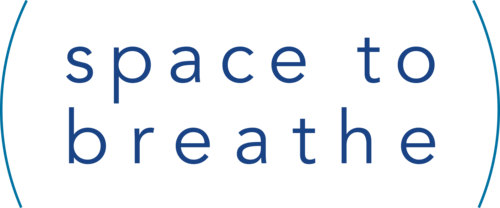The Dynamics of Memory
Our Brains are remarkable things. You remember with four separate parts of your brain - the Amygdala, Hippocampus, Cerebellum and Pre-Frontal Cortex. These memories are held in nerve cells called cell assemblies. These nerve centres are activated by a smell or a familiar face or anything that prompts memory.
Your memory has a number of different formats. Short or Long Term, Declarative (common knowledge) and Non-Declarative (riding a bike.). We also talk about Working Memory which allows us to learn things through repetition and to make sense of the world around us. Check out Peter Doolittle on TED telling us more.
TAKE A MOMENT
Consider the wonder of your mind.
Why not get curious and use the internet to explore the incredible nature of your brain.
Th article below might get you started
Your brain associates memory with good things and bad things. These memories can be at the root of how we respond in other and similar situations. Sometimes our Working Memory can inform us a situation is threatening based on previous experiences. But there is the chance to change things.
A common treatment for anxiety or depression is CBT or Cognitive Behavioural Therapy. This process works by training yourself to understand how your brain works, how you respond to things and how to make small changes to take a more positive or healthy mindset. The NHS puts it like this…
“CBT is based on the concept that your thoughts, feelings, physical sensations and actions are interconnected, and that negative thoughts and feelings can trap you in a vicious cycle.
CBT aims to help you deal with overwhelming problems in a more positive way by breaking them down into smaller parts.
You’re shown how to change these negative patterns to improve the way you feel.”
The impact of CBT and other treatments can open us up to the possibility of positive thinking and benefit-finding (gratitude or seeing good things.)
In essence we can make choices to look towards the positive, to see the horizon, to act with gratitude.
Below are three reflective tools for you to try.
FIND THREE THINGS TO BE GRATEFUL FOR
REPEAT THIS EACH DAY
CHOOSE TO BE HOPEFUL
Consider the best outcomes as well as the worst when thinking about the future
you on a good day
What are the things that you like about you when you’re having a good day. When you’re content, when life is good, what are you like? How can you make more space for that positive sense of self?
Memory can tell us how to ride a bike or what a country is called. It can help us make sense of the world around us. Sometimes our memories can also seek to shape our future and our view of ourself. But a positive way forward can be found by learning principles and routines which look more hopefully towards the future and give us a different way to deal with the present.
Brene Brown puts it like this. "No matter how much I get done, or is left undone, at the End of the Day, I am enough.”
Mantra’s like this can help our brain and working memory to begin to be kind to us, and see a more positive world around us.





